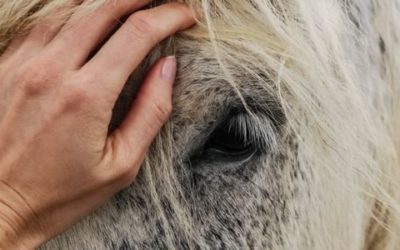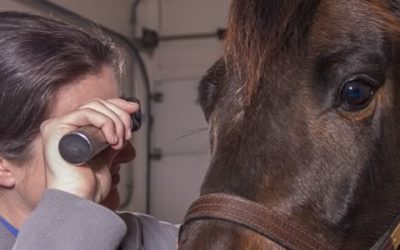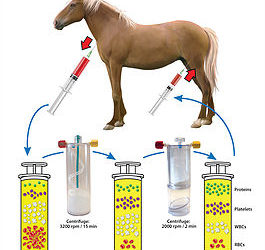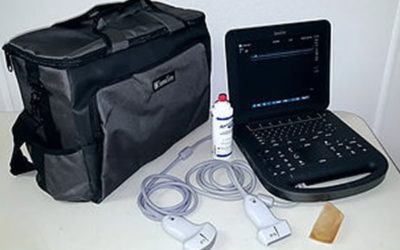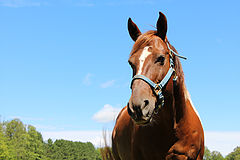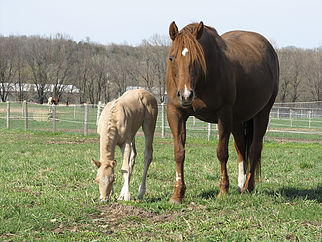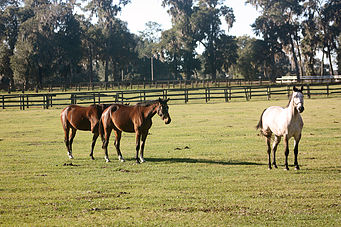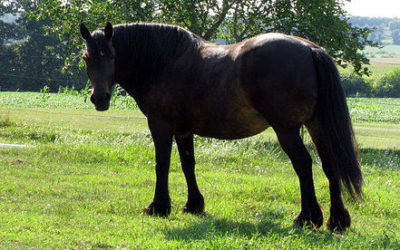What is conjunctivitis and how do I recognize it? Conjunctivitis is where the tissues surrounding the horse's eyes become irritated by allergens, excessive dust, flies, injury, or a combination of irritants. The eyes appear red and watery and often the nasolacrimal...
Equine
The Buzz About EEE and WNV
The Buzz About EEE and WNV There has been a recent resurgence in mosquito-borne diseases in Wisconsin over the last few years, and it has become even more vital that horse owners vaccinate against both Encephalitis and West Nile Virus. Last year, there were 24 cases...
Toxic Plants to Horses
There are many poisonous plants in Wisconsin that could be a potential hazard to horses. These plants may cause symptoms such as: Colic Muscle weakness Incoordination Depression Paralysis Death Undesired plants can be eliminated in pastures by several methods,...
Pro-Stride: A Natural, Drug-Free Treatment for Joint Pain and Arthritis
Lodi Veterinary Care is excited to now offer the latest in regenerative medicine, a treatment called Pro-Stride. Pro-Stride is an Autologous (meaning of the same individual) Protein Solution used to treat joint inflammation and arthritis. It is created by collecting...
Equine Ultrasonography in Equine Practice
We are very excited to have acquired a new ultrasound machine! Ultrasound has many valuable applications in the field of equine veterinary medicine. A few of the more common uses include: Reproductive: Ultrasound can be used to visualize the mare’s reproductive tract...
Detecting Infection with Serum Amyloid A
There is now a quick, stall-side test to know if your horse has an infection. A new tool in our box called Serum Amyloid A by StableLab is useful for veterinarians to check levels of a protein found in the blood called Serum Amyloid A. Serum Amyloid A (SAA) is a major...
Foal-Season Ready!
We recommend planning for breeding season early - even as early as December! This will help make things as stress-free and seamless as possible. Every year Lodi Veterinary Care rechecks mares for pregnancy, and we recommend doing this as early as January. Of the mares...
Antiparasitic Resistance in Cattle, Small Ruminants, and Horses in the U.S.
Parasite resistance has become a growing problem in grazing animals such as cattle, goats, sheep and horses. We recommend watching the video below to learn a little more about parasite resistance and how it could affect your herd. The video, which was released by the...
Recognizing a Choke in Your Horse
Would you recognize choke in your horse? The word choke is a bit of a misnomer in the horse. In people it refers to an obstruction of the trachea or windpipe, usually with a piece of food. In horses the obstruction is of the esophagus not of the airway. This means...
Laminitis or Founder?
Laminitis is the inflammation of the tissues which connect the hoof wall to the coffin bone. This can occur in horses of any age, sex and size, and it can occur due to multiple factors. Severity may range from mild to very severe cases in which euthanasia may be...

